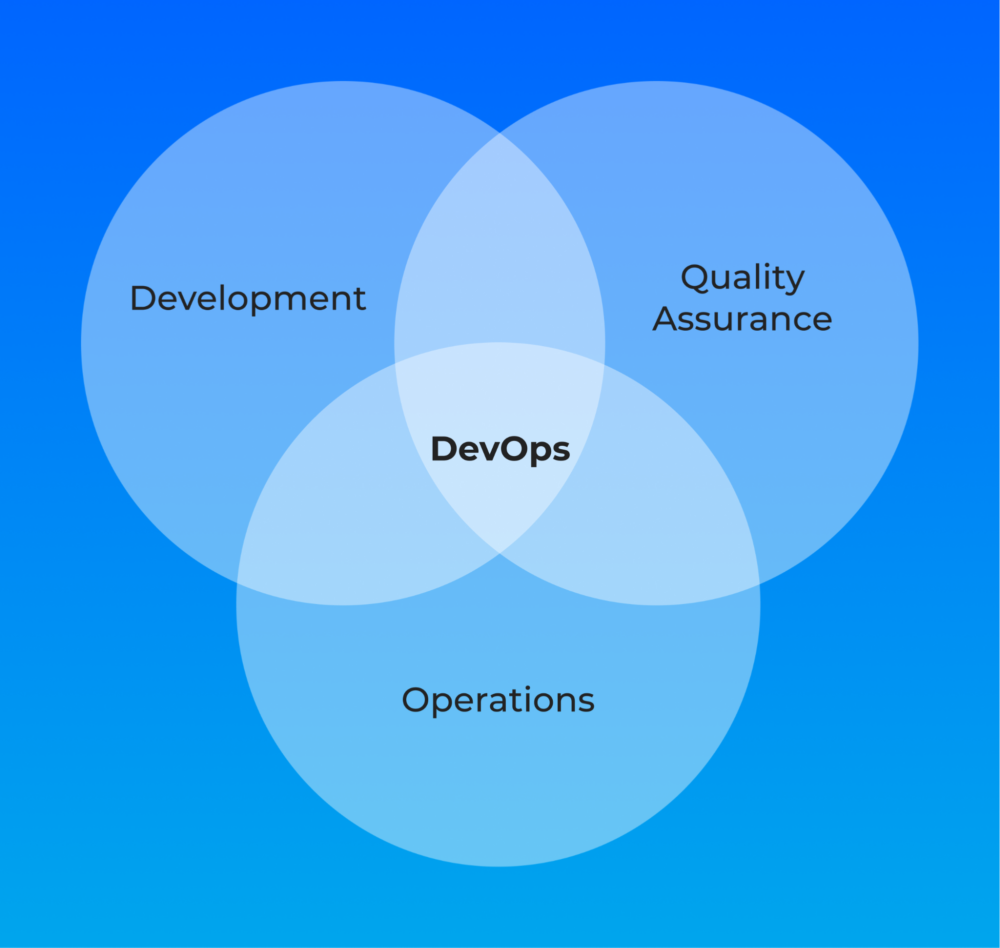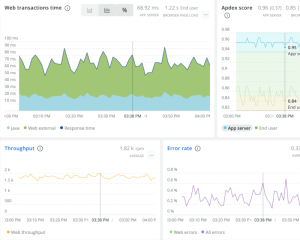
Discussions about e-learning projects continue unabated, especially as online education begins to supplant traditional courses, trainings and workshops. This shift includes a growing trend to build LMS from scratch . Distance learning offers two notable benefits: it’s generally more cost-effective than traditional classroom learning, and it facilitates quick dissemination and assimilation of new information, with learning progress easily assessed through online tests.
In this article, we’ll delve into the intricacies of crafting your own LMS. We’ll explore the average costs involved in creating an LMS, the advantages of developing your own system, and outline the critical steps in the development process of a learning management system, among other valuable insights.
Key Advantages of a Custom LMS
Accessibility and Flexibility in Learning
Custom LMS platforms offer 24/7 operation, allowing learners the freedom to study at their own pace, independent of a teacher’s schedule or fixed class timings. All that’s needed is an internet connection, enabling education from anywhere across the globe.
Expansive Storage for Educational Content
These platforms provide dedicated server space for your learning materials, eliminating the need to rely on external services for content hosting.
Efficient Knowledge Assessment and Repository
Traditional student evaluation methods can be time-consuming. Custom LMS platforms, however, offer straightforward tools for monitoring learning progress and a cloud-based repository for educational content, streamlining the certification process.
In-depth Performance Analytics
Without an LMS, tracking and analyzing student performance is challenging. Custom LMS platforms furnish detailed analytics, allowing educators to monitor student progress and modify the curriculum as needed.
Prompt and Varied Feedback Options
Modern LMS platforms facilitate not just expert consultations but also peer interactions. This includes group chats and personal messaging, all within the same platform, negating the need for external communication apps.
Cost-Effective Learning
For both course participants and providers, LMS platforms are cost-efficient. They eliminate travel expenses for students and are more economical than traditional teaching staff expenses for providers. On average, transitioning to an LMS can reduce training costs by up to five times.
User-Friendly Maintenance and Management
High-quality LMS platforms are designed for intuitive use. This ease of use extends to course creation, management, and accessing statistics. They can be managed independently, by trained staff, or with the help of a professional.
7 Key Steps in LMS Creation
Creating your own LMS involves seven essential steps:
1. Planning and Initial Assessment
Initial inquiries often revolve around cost and timeline. The development team assesses these factors and drafts a project plan. A project manager, representing either the client or the development team, coordinates team efforts and client communication. This stage includes express assessments for a rough labor estimate and detailed assessments for precise planning.
2. Analytics
While not always a default step, analytics is crucial for aligning the vision of the business and developers, helping to refine work requirements and budgeting.
3. Design
In the absence of an off-the-shelf design, the development team creates the user interface/user experience from scratch. This involves creating screen maps, graphic elements, and detailed prototypes, with client and analyst feedback to ensure the design meets application requirements.
4. Development
With a detailed specification, approved design, and prototype, coding begins. This phase includes implementing application behavior, backend integration, and UI elements, with continuous designer involvement for accuracy.
5. Testing and Bug Fixing
QA engineers work alongside developers from the start, conducting regular tests and writing test documentation. This step ensures that the functionality aligns with the requirements and that any bugs are promptly addressed.
6. Release
After thorough testing and team consensus, the LMS goes live.
7. Ongoing Support and Development
Post-launch, any discovered bugs are fixed. Depending on initial feedback and evolving needs, the client may opt for a maintenance contract or enter a new development phase for enhancements.
Creating LMS is a complex yet rewarding endeavor. Each step, from planning to maintenance, is crucial in shaping a system that meets your specific needs.
By John Baker


